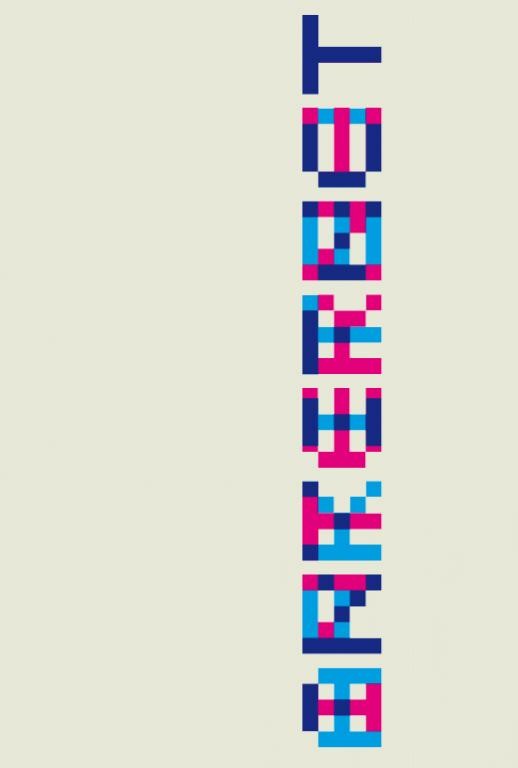First Published in

Understanding and exploiting the web is more of an art form than a profession, and it is certainly no place for run-of-the-mill designers. Anyone can open up Dreamweaver and vomit a website onto the internet, but a master of the trade has a deep understanding of a wide range of topics.
We web people have pilfered titles from noble professions, loftily declaring ourselves to be web architects, developers and software engineers. Is it because of our almost-adolescent need for recognition in a field that is renowned for countless websites about people and their cats, model-airplane hobbyists, and a dedication to distributing pictures and movies of blonde women and their jubblies?
Nah, it’s probably just that the multibillion-dollar global industry no longer corresponds to that stereotype of hyperreality. “Web 2.0” (as some would have it called) is here and it often supplants face-to-face human interactions, introducing new forms of community and entertainment. This digital replica needs the same kind of caretakers and visionaries as the real world it emulates. Many of the “web designer” caste have been elevated to the status of demi-god, gurus of the web magic.
Wikipedia defines information architecture as “an emerging community of practice focused on bringing principles of design and architecture to the digital landscape”. The very same Wikipedia that revolutionised how we document and store information about the world we live in, opening the door to anyone who had something to contribute. The system is not perfect, but it is undoubtedly better than the tree-killer encyclopedia, which no-one can carry in their pockets without looking awfully happy to see everyone.
Building successfully on the web requires an understanding of what has come before, what is on its way, the ins and outs of accessibility, user interface design and a good grasp of how people act. Information architects create a structure that content can grow in, and out, of. Being good on the web means knowing how to integrate and play with others, providing easy ways for information to become widely accessible; blending in with the crowd, while standing out like a shining star when you need to, because you are the best at what you do.
Take the revolutionary Facebook, with millions of global users, growing daily, and a speculated value in the region of $2-billion. Many social networks have come before it, with varying success (MySpace, Friendster and Orkut), but it’s Facebook that is rapidly becoming a household name.
As far as looks go Facebook is dull and homely, the kind of web application you would be happy to bring home to your parents, but definitely not a trophy wife. It has a magic about it though: Its simple, blindingly obvious interface is almost hard to think of as design but even noobs don't take long to figure out how to post embarrassing photos of themselves and invite everyone to join their social network.
See, web and information architecture is about more than just the look and feel. Print designers don't always understand this and tend to look down on the web because its simple looks belie the complex thought behind it. Websites are organic, they continue to grow and change with time, and they cannot exist without the ecosystem of the web around them. Understanding this organic nature is tantamount to appreciating good web design.
Web architects need to cater for multiple web browsers that are only now starting to conform in their graphic rendering, an increasingly diverse range of devices that can access the web, and every screen size and display you can imagine. Then you mix in content produced by a wide spectrum of people, consumed by an even wider spectrum of people and devices, and almost uncontrollably indexed and reused across an immense digital wasteland. Wrapping your head around all of this can make one feel a bit squint-eyed and woozy.
Nonetheless, instead of throwing in the towel and migrating to the beach for a simpler life, people keep pushing the boundaries, collectively producing more information than a normal fun-loving human could ever use. Someone needs to figure out ways to glue it all together sensibly, and give it some kind of useful structure. And that's just what web architects are doing, from the way they structure information on small, medium and large websites to the tools they build to manage and dissect the unbounded web. The magic comes from making it seamless: Selling users a picture-enhanced reality, checking in their disbelief at the door and helping them build the virtual into their everyday reality.
To come back to Facebook, Google and Microsoft recently jostled until Microsoft finalised a $240-million advertising deal and a 1.6% stake. Every website on the net is falling over itself to create groups and apps for its users (it is rumored in programming circles that knowing how to build Facebook apps is a sure-hire for a lot of big, public companies). All because it is the best kind of design, the kind that is almost unseen, nearly invisible, the kind that makes the interface and utility indistinguishable from the obvious. In the world of social networking it represents the same kind of obvious that sold Apple millions of iPods, something you can teach to your mom (I did) and all your friends.






